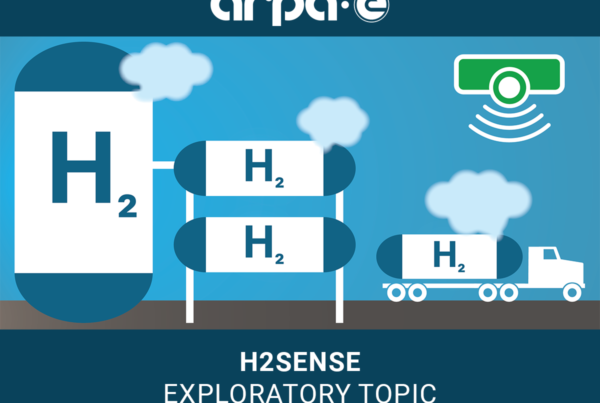
Reformer and fuel cell-based combined heat and power plant with 50 kW of electrical power.
Mainz-based Fraunhofer Institute develops a prototype of a reformer and fuel cell-based combined heat and power plant with 50 kW of electrical power.
Electricity and heat generation, low-maintenance, durable, flexibly scalable, dynamic in performance and at least CO 2 -neutral in the future, that promises the cogeneration plant developed by Fraunhofer IMM, whose prototype has been developed by Science Minister Prof. Dr. Ing. Konrad Wolf on 18.11. At the institute’s location in Mainz, it is being put into trial operation: “You can not put such a complex system into operation every day – neither as a minister of science nor as a scientist,” says Minister Wolf. “Climate protection and CO 2Savings are on everyone’s lips. Today, we can gain an exciting insight into the contribution that we from Rhineland-Palatinate can make to this with the Mainz-based Fraunhofer IMM. “The work was largely financed by the Ministry of Science, Further Education and Culture of the State of Rhineland-Palatinate.
The search for an efficient and, at the same time, as ecological as a possible supply of electricity and heat, occupies almost everything from the owner of a single-family home via the planner for entire housing estates to companies. The questions in detail are as varied as potential answers and solutions. In the discussion, the keywords power-heat-coupling and combined heat and power plant are increasingly appearing.
Proven technology
A combined heat and power plant is typically a comparatively compact supply unit, which is used simultaneously for heat and power supply, starting from the size of a refrigerator to industrial plants. In simple terms, a combined heat and power plant consists of a motor, generator and heat exchanger. The fuel used, today mainly natural gas or wood pellets/chips, drives the engine, the energy generated by it is transformed into electricity in the generator and the waste heat produced by the heat exchanger as heating energy used. In Germany alone, tens of thousands of these systems are currently in operation, most of them operating in a power range well below 50 kW.
A step into the future
By using a fuel cell in combination with a reformer system, a high system dynamic is achieved, which allows many start-stop cycles. The use of exclusively catalytic processes completely eliminates the pollutant emissions that have come so much in the focus of internal combustion engines. Thus, the energy produced can be adapted to the demand, which is dependent on the season, for example. The use of fuel cells in combined heat and power plants is today one of the most advanced technologies in heat and energy supply. However, this development is currently being driven mainly in Japan, and accordingly Japanese core components dominate the solutions available on the German market.
In the current expansion phase of the Fraunhofer IMM system, ordinary natural gas will in the future be converted from the pipeline network into hydrogen in normal operation and then converted into electricity using the fuel cell. The total thermal/electrical power of the system is 120 kW, with an electric power output of up to 50 kW. An overall efficiency between 90 and 100% can be realized by the almost quantitative utilization of the waste heat generated by the fuel cell for the provision of thermal energy for hot water and heating.
If you think a step further, so can by connecting to z. B. a biogas plant the CO 2Neutrality and thus make a valuable contribution to climate protection and to the defossilization and decarbonisation of the energy supply. The CO 2 produced by the system would then be withdrawn from the environment in advance in the process of biomass production.
If one thinks even two steps further, then the liberated CO 2 could be reconverted again in the sense of the much-discussed Carbon Capture and Utilization into useful chemicals, provided that the hydrogen needed for it “green” was produced.
Japan is still an absolute pioneer in this technology today. With the plant prototypes that are currently unique worldwide in this performance range and the technology used, the first steps have now been taken to make the Rhineland-Palatinate’s footprint visible on this technological path.
Read the most up to date Fuel Cell and Hydrogen Industry news at FuelCellsWorks




